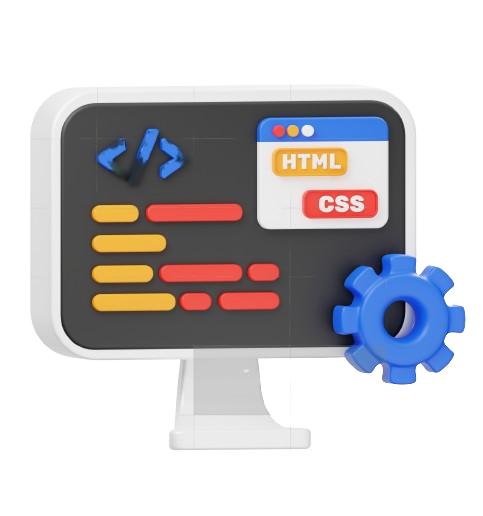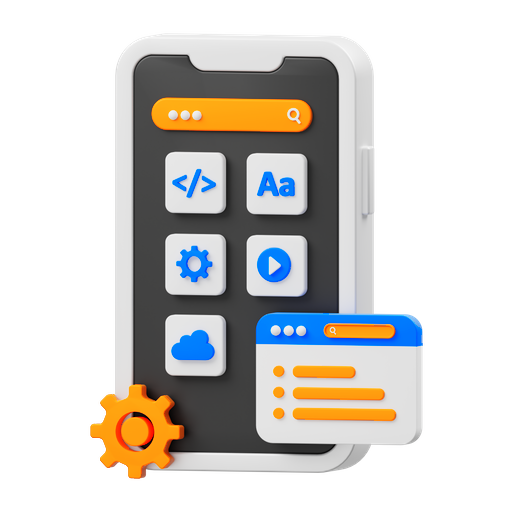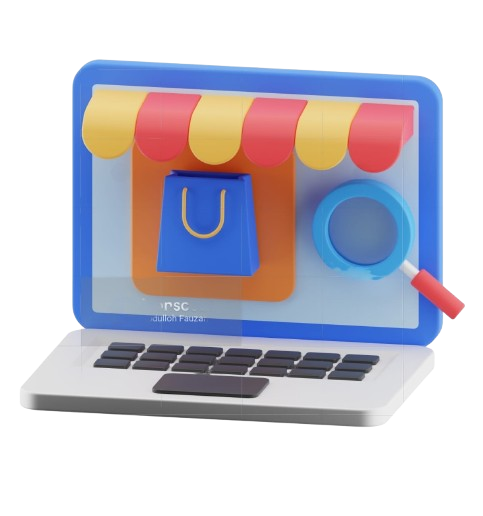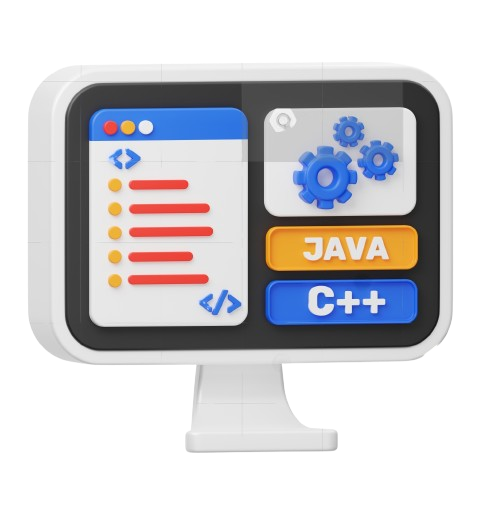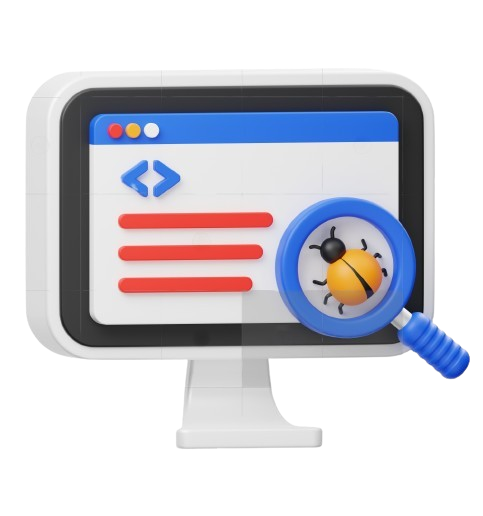Technology Demonstration Program (TDP) Ontario Grant
Ontario’s researchers, startups, and scale-ups can benefit significantly from funding opportunities through the Technology Demonstration Program (TDP). TDP helps innovators prove their technology in real-world environments and attracts follow-on investments. At Designo Graphy, we provide expert guidance and support to businesses and research organizations applying for the Technology Demonstration Program (TDP).



What is the Technology Demonstration Program?
The TDP funding program aims to assist Canadian technology innovators. It could be the golden ticket if you are developing technology in Ontario. However, this will only work if you truly understand this grant because it is not typical.
Why TDP Grant Matters: Benefit for Canadian Innovators
If you are developing innovative technology in Ontario, securing funding is half the battle; the real struggle is proving your solution works in the real world.
Funding Without Sacrificing Equity
Non-dilutive grants, from $50k to $1M, allow you to own your IP and company fully. If your project succeeds, no payment is required.
Accelerated Path to Market
The TDP grant validates your technology where it matters, such as through industry partnerships, real-world testing environments, and customer feedback before full-scale production. Funded projects reach markets 12-18 months faster than unfunded projects.
Credibility That Opens Doors
The Technology Demonstration program award signals to investors, customers, and talents.
Practical Support Beyond Money
The Technology Demonstration Program includes a dedicated OCI projects manager, access to testing facilities (universities, private labs), and investor showcase opportunities.
TDP Grant Eligibility?
The Technology Demonstration Program has non-negotiable requirements. You miss once, and your application gets rejected instantly.
Priorities areas
- Smart agriculture system
- AI for Climate Resiliency
- Advanced battery technologies
- Quantum computing application
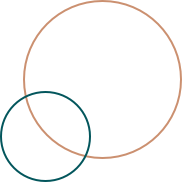
Who Can Apply?
- Ontario-based for-profit SMEs with 1– 499 employees.
- Completed a DMAP grant program.
Who Cannot Apply?
- Pure research projects (must have commercial intent)
- Companies outside Ontario (with rare exceptions)
- Pre-revenue startups, unless partnered with established companies.
What Projects Qualify?
- Adoption and Implementation of Technologies, such as ERP systems, CRM platforms, automation tools, AI, IoT, and data analytics.
- A commitment letter is required from an industry partner (for example, as a software development company)
- The project must show a clear commercialization path.
- It must also include sustainability metrics (new for 2025)
Sector-specific rules:
Health Technologies
Health technologies require regulatory pathway analysis and a provincial health system partner.
Early consultation with experts like Designo Graphy can help you improve your chances of getting this grant.

Cleantech Innovation
It must show a 40% emission reduction potential and require carbon impact modeling.
AI/ML solutions
Ethical AI framework documentation is mandatory and must address Canada’s AI Safety Guidelines.
Advanced Manufacturing
Advanced manufacturing needs a digital twin demonstration. They should also integrate circular economy principles.
TDP Grant Funding Amounts and Coverage:
Base funding structure
The new tiered funding model is based on project impact. Tier 1 is provincial impact, up to $500,000. Tier 2 is national impact, up to $500,001 to $1,000,000. Tier 3 potential across the globe is from $1,000,001 to $1,500,000.
What costs are covered
Fully covered expenses include Technology Demonstration costs, such as prototype refinement, field testing, and performance validation, as well as specialized labor, such as technical staff, at the $85/hr rate. Partially covered expenses(50-75%) include equipment purchase, third-party testing, IP protection, and market validation. Additional covered costs include regulatory compliance, sustainability certificates (LEED, ISO 14001, etc.), and market validation.
What's not covered?
Salaries for existing full-time staff, Marketing branding expenses, office rent/utilities, debt payments, and costs incurred before approval are not included.
Payment structure
A 30% advance payment is made upon signing the contract. After the demo prototype is approved, a 40% milestone payment is made, and a 30% completion payment is made after the final report is approved.
How to Apply for the TDP Grant (Step-by-Step Guide)
Preparation
In the preparation phase, you must complete the following key tasks: eligibility checks, document gathering, and budget development.
Eligibility checks:
Eligibility checks include confirming that your project meets the TLR 4-7 requirement, securing 1:1 matching funds (minimum 25%), and identifying two industry partners for letters of intent. For example, if your project is a CRM, a software development company can partner with you to develop that software.
Document Gathering:
You must have business registration, financial statements, technical specifications, and prototype documents. You should also have a commercialization roadmap with a three-year projection.
Budget development:
Use OCI’s expense template and align the cost with program priorities. In the preparation phase, Designo Graphy offers a free eligibility assessment tool, a document checklist tailored to your sector and needs, and budget review services.
Submission
Create an account on OCI’s funding portal. Complete the project narrative and financial disclosure tables. Upload supporting documents such as partners’ letters and TLR validation evidence. Complete all processes before the deadline. Designo Graphy offers application portal walkthrough videos, document formatting services, and pre-submission technical checks.
Evaluation
Once you have applied, there is a review process that includes a day 1-30 administration review, day 31-75 technical assessment by OCI reviewers, and day 76 to 90 final scoring and funding decisions. Scoring criteria include:
- Technical merit (40%)
- Commercial potential (30%)
- Ontario’s economic impact (20%)
- Team capability (10%)
Designo Graphy offers mock reviews using actual scoring rubrics and gap analysis on weak applications.
Common Mistakes to Avoid When Applying
These are the top ten grant application mistakes to avoid:
- Underestimating the matching funds
- TRL miscalculations
- Weak industry partner commitment
- Overlooking priority sectors
- Budging errors
- Missing sustainability components
- Vague commercialization plans
- Last-minute application
- Ignoring the Ontario focus
- DIY approach without expert review
Skip the stress, let Designo Graphy’s proven system work for you.


How Designo Graphy Ensures Your Success?
Our proven framework includes strategic positioning, partner network, and post-submission support. In strategic positioning, we align your project with priority sectors and highlight scoring criteria. We help you connect with qualified industry partners and introduce you to testing facilities and labs. In post-submission support, we prepare you for reviewer questions and advise you on milestone reporting.
Why does the client choose us
- 92% success rate with the Technology Demonstration program
- Former OIC reviewer on our team
- All-inclusive packages
Don’t risk rejection, let our 92% success rate work for your book—a free consultation call.

